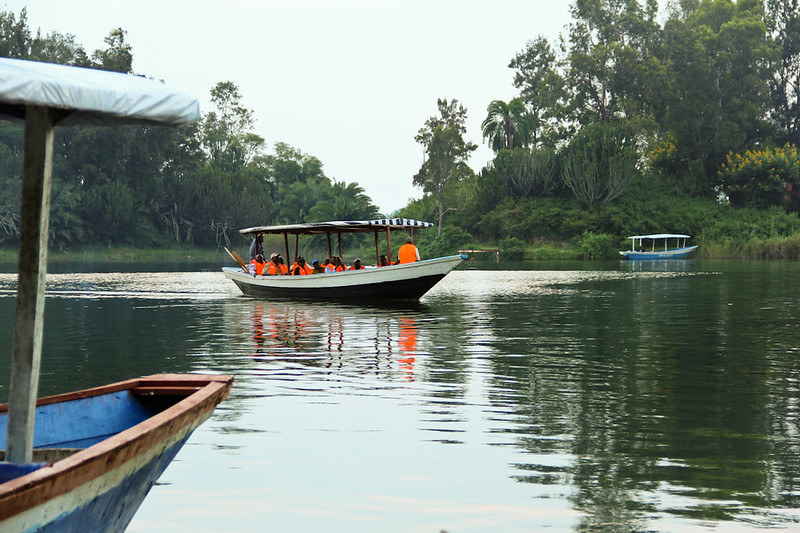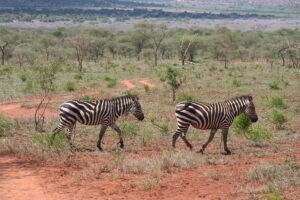The Boat Trips
There are also three pre scheduled boat trips (day, morning and sun set) in order to enjoy the park from water level that is surrounded by the crocodiles, hippos as well as birds. The one hour boat tour costs $40 per person at maximum of 11 people and in case you want to schedule your own trip with a private group at your time, it will costs $180 to rent the whole boat. You can as well take a boat safari with in Akagera Park along Lake Ihema where you will see many hippos and crocodiles.
This boat cruise will give you a chance to have a good view of more game which includes elephants, buffalos, and these will gather at the banks in order to drink water. You will also get an opportunity to see more loving birds like the shoebill stork, fish eagles, kingfishers, papurus gonolex, the herons, and many more. The boat on this lake also cost $30 per person during the day for an hour with a guide. This park is simply a beautiful land scape filled with wildlife and so having a good guide will surely be helpful. You will also be amazed by the views and the wildlife.

The Evening Boat Cruise
This time, we took the evening boat cruise at 17:30 and it’s just 5 minutes’ drive from Ruzizi folks and it’s so spectacular! You spend an hour on this lake as you visit an island full of birds, while you pass the hippos and the crocodiles. The guides are so excellent and their cost is worth $40 per person for one hour. The sun starts to set and all stress rushes out of you, as you are on the lake with a tiny peace of the calmness in Rwanda.
The park authorities can also arrange tours on Lake Ihema in order to see the hippo pods and the huge Nile crocodiles that are hard to observe. This is also the best way of viewing the park’s abundant water birds including the breeding colonies of noisy and the smelly cormorants as well as the open bill storks.
Lake Ihema is also situated in the south of the park in savannah region of the eastern province of Rwanda. Akagera river also feeds a complex of a dozen of lakes that include; lake Ihema, which is also located at an altitude of 1,22m. It’s also the biggest lake in the park and covers an area of about 90 square kilometers with a depth that varies from 5 to 7 m depending on the area and the season. The eastern lake shore also forms the border between Tanzania and Rwanda.
This lake is also rich in biodiversity except the fish and the lake is home to crocodiles and hippos. And for the birds, it has 550 species including. The shoebill and the papyrus Ganolex. And the endemic species include; the jacanas, Ibis, plovers, herons, malachite Kingfisher, Hawk and many more.
This lake is also surrounded by the large seasonal as well as the perennial papyrus swamps. The wetlands are so important habitants to the protected animals with in the park; they also don’t give a permanent source of drinking water for the large mammals and also forms an important water bird sanctuary. In the other lakes of the park, fishing was also restricted by the royal decree of 34 on creation and management of the park. And recently, a new policy on management of the park has authorized the fishing activities.
The threats to Lake Ihema
Lake Ihema is also among the many protected lakes since it’s located in the area of Akagera National park. The major threat is the water hyacinth that is so abundant. The occurrence of the water hyacinth on the area of the lake creates not only a somber threat to the biodiversity of the region but also locally. The most damaging effects of the water hyacinth includes; the degradation of the water quality since it covers the water and the reduces the quantityof dissolved oxygen, temperature, phosphate which results in the direct reduction and disappearance of the biodiversity of the affected water body. In addition, the lake is also connected by the Akagera swamps with the Akagera River that means the hyacinth could be easily spread into the nearby water ways like Lake Victoria and River Nile.


